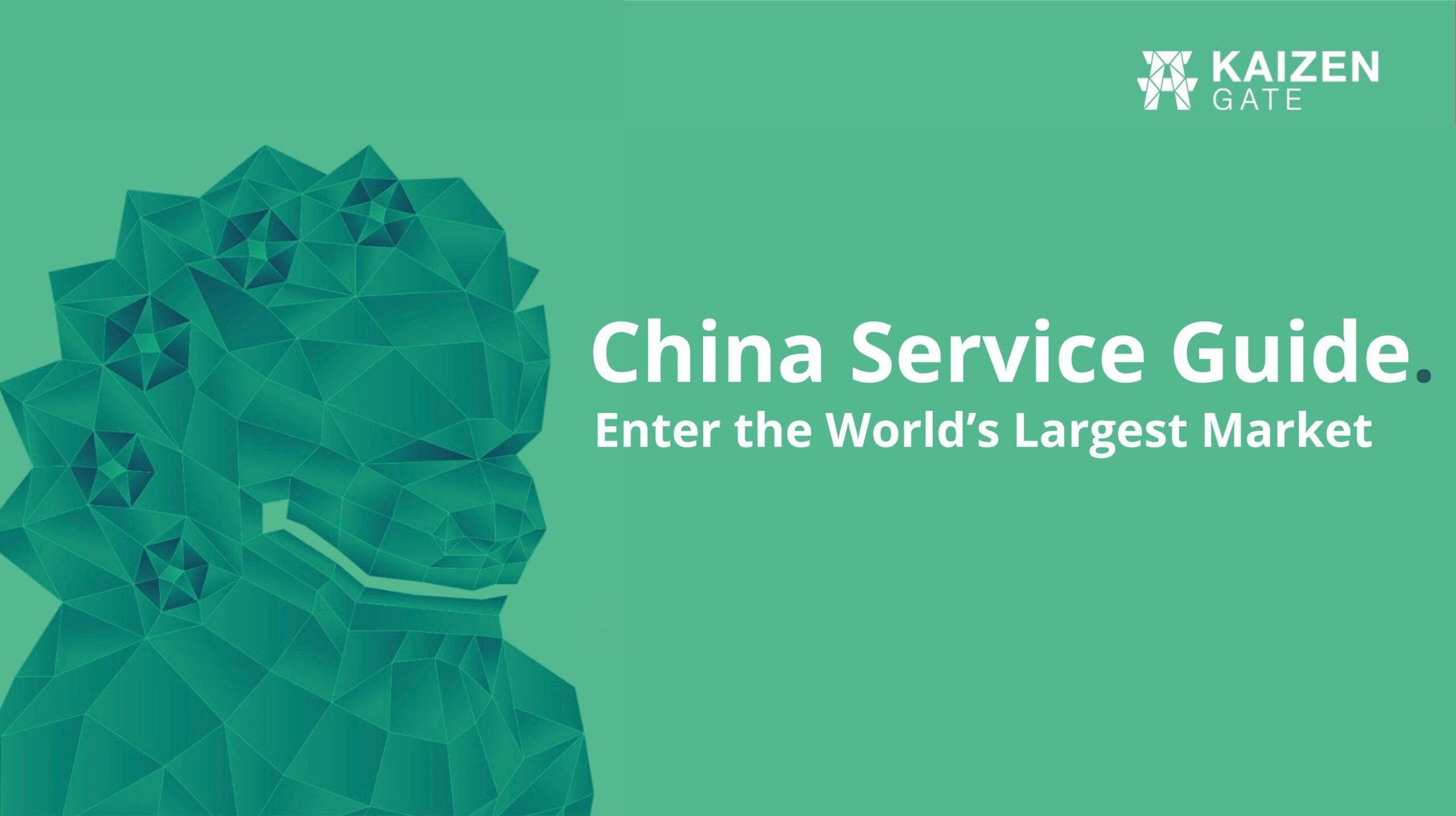By 2025, China’s e-commerce ecosystem is highly segmented. In broad terms, Alibaba’s Taobao/Tmall dominates (over 50% market share), but JD.com remains the clear #2 (around 15–20% share). Selling successfully online in China requires more than just choosing the right platform. It demands a deep understanding of how each platform works, what business model it promotes, and how that model shapes traffic flow, logistics, consumer trust, and ultimately, sales.
Too often, brands treat JD.com and Tmall as interchangeable, both as leading B2C platforms under the “Alibaba vs JD” narrative. But this misses a fundamental distinction that defines success on each channel. Tmall operates primarily as an open marketplace for brand-flagship stores, while JD.com wants the consumer not to buy the brands, but to “buy JD” as a value ecosystem built on retail operations, owned logistics, and price advantages.
JD.com vs Tmall: Not the Same Business Model
At a glance, both JD.com and Tmall offer access to hundreds of millions of Chinese consumers. But their business logic is different at the core.
Tmall (by Alibaba) is a pure platform, a “mall” of brand-operated mall with many focused flagship stores. Its dominant sales model is B2C: the brand owns the store, manages its operations, and sells directly to the customer. Tmall provides the infrastructure, payment, search, and promotions, but it is up to each brand to generate traffic and convert it. Tmall Supermarket exists but plays a secondary role, mainly focused on groceries and low-involvement FMCG categories.
JD.com, on the other hand, is built primarily around a B2B2C model. Its core is not the third-party store, but JD Direct (京东自营 / JD Ziying), a self-operated channel in which JD buys products directly from brands or distributors and resells them to consumers. JD acts as the retailer, not just the platform. While third-party “POP” stores exist on JD (similar to Tmall’s model), they represent a smaller fraction of JD’s total GMV. For most categories, the biggest sales volume, and the platform’s promotional focus, runs through JD’s own buying, stocking, and logistics system.
This difference is not semantic, it is structural. On Tmall, the brand drives its own success, and plays a much more “store optimization role” for success. On JD, the platform plays a much more active commercial role, selecting products, negotiating terms, getting close communication with category managers and organizing promotional calendars with them.
JD Ziying: The Real Engine Behind JD.com
If you’re selling on JD.com, your ultimate goal isn’t just to open a store, it’s to get your products into the JD Ziying pipeline and a close communication with Beijing.
JD Ziying is JD’s self-operated retail channel. Products are sourced directly by JD’s internal category teams, stocked in JD’s nationwide warehouse network, and sold under JD’s name to the end consumer. This gives JD full control over inventory, pricing, promotions, and delivery, and creates an experience Chinese consumers trust: fast, reliable, and with service standards they are used to.
As of 2025, JD Ziying handles the majority of JD’s sales volume, across electronics, cosmetics, health, beauty, household goods, and more. JD’s brand identity is tied to this model. Chinese consumers often prefer to buy directly from JD Ziying listings rather than from third-party POP stores on the same platform, even at a slightly higher price.
What this means for international brands is clear: if you’re not yet in JD Ziying, you’re on the margins of the platform. If you are in JD Ziying, you benefit not only from traffic but also from JD’s entire infrastructure: priority exposure, premium delivery, and stronger consumer confidence.
Logistics: JD’s Unmatched Competitive Advantage
JD’s controlled retail model is tightly integrated with its logistics network, and this is one of its strongest selling points.
As of 2025, JD Logistics operates over 3,600 warehouses and 19,000 delivery stations in China, including bonded zones for imported goods. This gives JD the ability to deliver to nearly all Tier 1–3 cities in under 48 hours, and in many cases, within 24 hours, even for cross-border purchases. No third-party logistics provider in China matches this consistency.
This delivery promise is not just an operational detail; it is a key part of JD’s brand promise. JD couriers wear uniforms. JD warehouses run on JD’s own smart systems. JD handles returns, installations, and even after-sales service for JD Ziying products. The result is a level of consumer trust and satisfaction that surpasses many competitors.
For brands, the takeaway is simple: products stocked in JD’s own warehouses (especially bonded zones for cross-border sales) enjoy both algorithmic priority and higher shopper confidence.
Business Model Implications for Foreign Brands
Understanding JD’s retail-driven model is crucial for international companies considering market entry.
JD offers two main options for foreign sellers:
JD.com (domestic store)
Requires a local China entity, business licenses, and full product registration with Chinese regulators. Suitable for brands already established in the market.
JD Worldwide (京东国际)
A cross-border model that allows overseas brands to sell directly to Chinese consumers without a Chinese entity. Goods are imported via bonded warehouses or shipped directly from abroad. For many new entrants, this is the fastest and most strategic entry point.
While many foreign brands start with a POP store on JD Worldwide, the real growth comes when JD’s category managers see strong performance and invite the brand into Ziying procurement. From there, JD handles buying, stocking, fulfillment, and listing management, dramatically simplifying operations for the brand, while driving significantly higher sales volume.
Relationship Management: Why Beijing Matters
Unlike Tmall, where brand owners largely operate autonomously, JD’s retail model requires relationship-building with JD’s internal teams.
JD’s category managers (based primarily in Beijing) act as buyers, planners, and gatekeepers. They decide which products are stocked under JD Ziying, what volumes are purchased, what promotional resources are allocated, and how brands are positioned in key shopping events like 618 and Double 11.
Success on JD depends not just on compliance and content, but on regular communication, negotiation, and performance reviews with these buyers. This makes on-the-ground presence or trusted local partners essential.
In practice, this means:
- Brands often fly to Beijing to present new collections, negotiate listings, or co-plan marketing campaigns.
- JD’s internal tools and systems are less self-service than Alibaba’s. Merchant success depends on internal alignment, not just platform ads.
- Strategic alignment with JD’s commercial calendar is often brokered through relationship capital, not just bidding.
For companies used to the open self-managed model of Tmall, this is a significant shift, but also a powerful opportunity to scale if navigated correctly.
Summary: JD.com’s Unique Value in 2025
Selling on JD.com in 2025 is not just about launching a store, it’s about understanding and leveraging JD’s vertically integrated model. Unlike Tmall, where platform logic is brand-centric and decentralized, JD operates as a retail platform with centralized control, superior logistics, and high consumer trust.
Key advantages of JD include:
JD Ziying channel
Core of JD’s traffic and sales. Selling through this route elevates your brand’s visibility and credibility.
Retail-driven partnership
JD buys and resells products. Brands work directly with buyers, not just algorithms.
Own logistics infrastructure
Delivery in 24–48 hours across China. Uniformed couriers and full-service logistics.
Cross-border entry via JD Worldwide
Fast market entry with bonded warehouses and regulatory flexibility.
Strategic alignment through relationships
Brands must build trust with JD’s category teams in Beijing to unlock growth.
In short, JD is not a passive marketplace, it’s an active retailer. To succeed, brands must treat JD not just as a sales channel, but as a strategic partner, one that rewards collaboration, consistency, and long-term engagement.

Gate Kaizen is the trusted partner of large and mid-cap companies as a provider of market entry services and HR Solutions in the Chinese market. We help your business save the outsantding costs of setting up your local entity by leveraging our own structure and the shortcuts of the digital era to minimize the financial risks of expanding overseas. This way, you can focus your attention on what really matters: your business.

